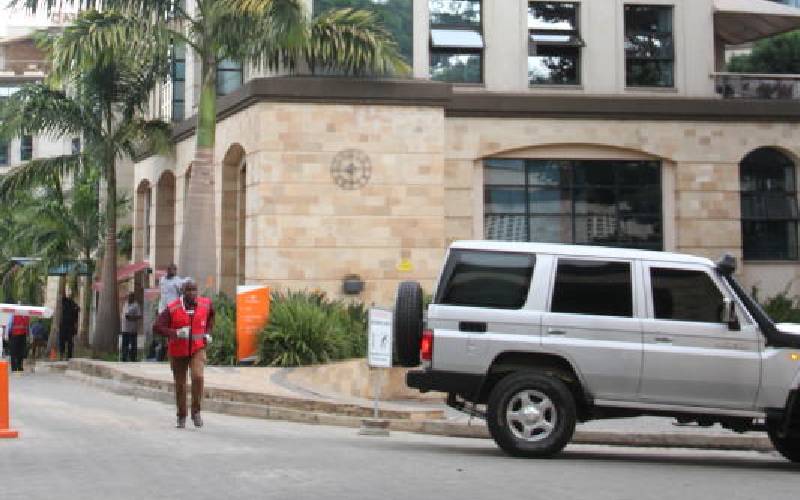×
The Standard e-Paper
Smart Minds Choose Us

The masterminds of the DusitD2 Hotel terror attack on January 15, 2019, made 140 calls to execute their plan.
Documents filed by the government before the International Court of Justice (ICJ) outlined how the attack was planned, the terrorists’ movements, their roles, and the escape of one of the key operatives, Violet Wanjiru, alias Kemunto, back to Somalia.